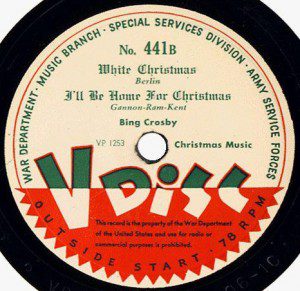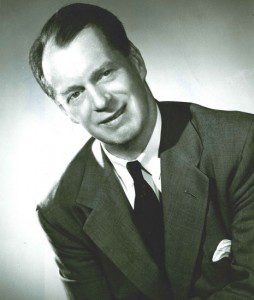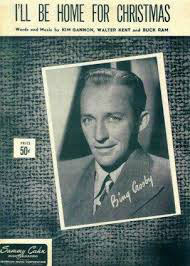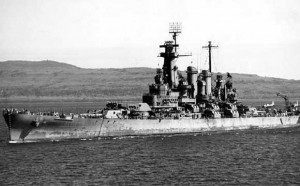
I walked up the front walk in the darkness of the early evening. I quietly put my luggage down on the front step of my parents’ Los Angeles home and knocked on the door. This was a plan my dad and I had hatched weeks before. It was finally coming to pass. He knew I had flown in from Toronto. My mother didn’t know. And this night – just before Dec. 25 – my mom opened the front door. I was the last person she expected.
“What are you doing here?” she shrieked.
“It’s a surprise Dad and I’ve been working on for weeks,” I said, as I hugged her for the first time since the summer. “I just wanted to be home for Christmas.”
If that true story of my Christmas in 1970 reads a little like a Hollywood movie script, well, it kind of was. Earlier that year, my father had decided to move to L.A. to test his credibility as a Hollywood TV writer. Naturally, he had taken the family – my mom and my younger sister Kate – with him. I was attending Ryerson so I’d elected to stay behind in Toronto.
I didn’t realize how upsetting the reality of my family moving away might be, until later that year when Christmas loomed. Feeling the same pangs about not being together as a family that holiday as I did, my dad and I secretly plotted to surprise my mom this way. It’s one of my favourite Christmases.

Why? Because the most universal aspect of being under one roof, sharing the holiday, food, laughter and song with loved ones at home at Christmas is perhaps the sweetest part of this time of year. Ask anybody where they’d rather be and they’d rather be home. And what about all those songs about home and Christmas? “Deck the Halls,” “Home for the Holidays,” “Let It Snow,” “It’s Beginning to Look a lot like Christmas,” “White Christmas” and “I’ll Be Home for Christmas.” I’ve purposely ended with that one. It has such a Hollywood movie storyline to it.
Lyricist James Kimball Gannon (from upstate New York) and composer Walter Kent came up with the idea in the early 1940s. Though the song’s lyrics are often associated with the image of a U.S. soldier posted overseas during the Second World War and unable to be with his family for Christmas, that wasn’t Gannon’s original intention. In his mind’s eye it was anybody unable to be home for Christmas. But Gannon couldn’t get producers to buy his song because of its melancholy last line:
“I’ll be home for Christmas, if only in my dreams.”

One day, Gannon arranged to play golf with Bing Crosby and he actually sang the song to the iconic crooner. Crosby agreed to record it and released it in October 1943 on the flip side of a Decca 78 rpm recording of “White Christmas.” It was the middle of the war and within a month it had zoomed to the top of the music charts.
Then the U.S. War Department released Crosby’s recording of it on Dec. 7, 1944 (not coincidentally the third anniversary of America’s entry into the war with the Japanese bombing of Pearl Harbor). Suddenly, that thought of being home “if only in my dreams” connected with every U.S. soldier out there. It quickly became the most requested song in Christmas U.S.O. shows serving GIs overseas.
“(Bing Crosby) accomplished more for military morale,” Yank magazine wrote, “than anyone else of that era.”

But that was just the beginning of the song’s morale-boosting capability. At Christmas in 1943, the chaplain aboard the U.S. battleship North Carolina, serving in the war in the Pacific Ocean, collected $5 from each crewman who had children back in mainland U.S.A. He then sent all the cash to Macy’s in New York City and had the department store select, wrap and mail presents to all the crewmen’s children directly.
The second year the chaplain did the collection, it was during a Christmas show onboard the battleship. As the show ended, the padre told all crewmen to remain seated; unknown to them, Macy’s had contacted all the wives and families of the crewmen and had them filmed offering Christmas greetings.
“Hi Dad,” accompanied film or stills of the crewmen’s kids and “Hi Honey,” from their wives up on the movie screen.
I could just imagine my own father, not a U.S. sailor, but a U.S. soldier in Europe, longing for home in the winter of 1944-45. And I thought about the year I showed up unannounced at my folks’ place in L.A. to be home for my mom at Christmas. And I thought about our daughter’s comments as MC the other night at the Diva concert in the Music Hall. She said now more than ever home means so much (alluding to Syrian refugees arriving in Canada) just before she sang her version of the original song.
“I’ll be home for Christmas, if only in my dreams…”
Do you know if any copy of the Macy’s film of wives and children of the USS North Carolina exists, and if so, how to get it?